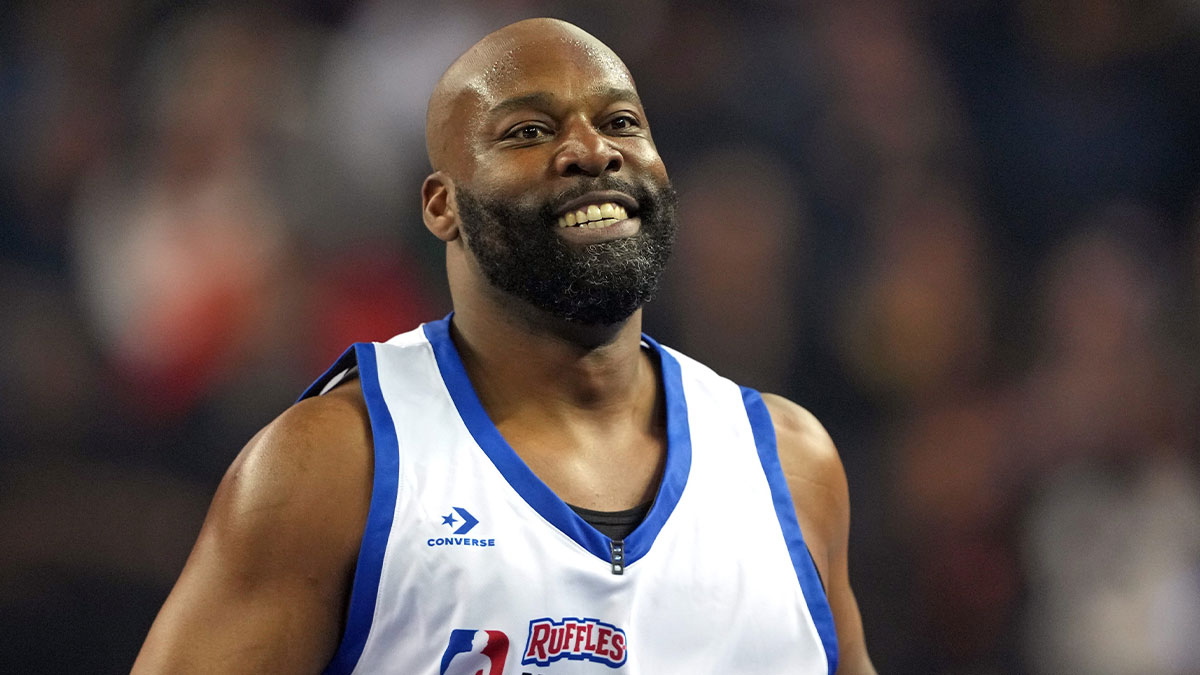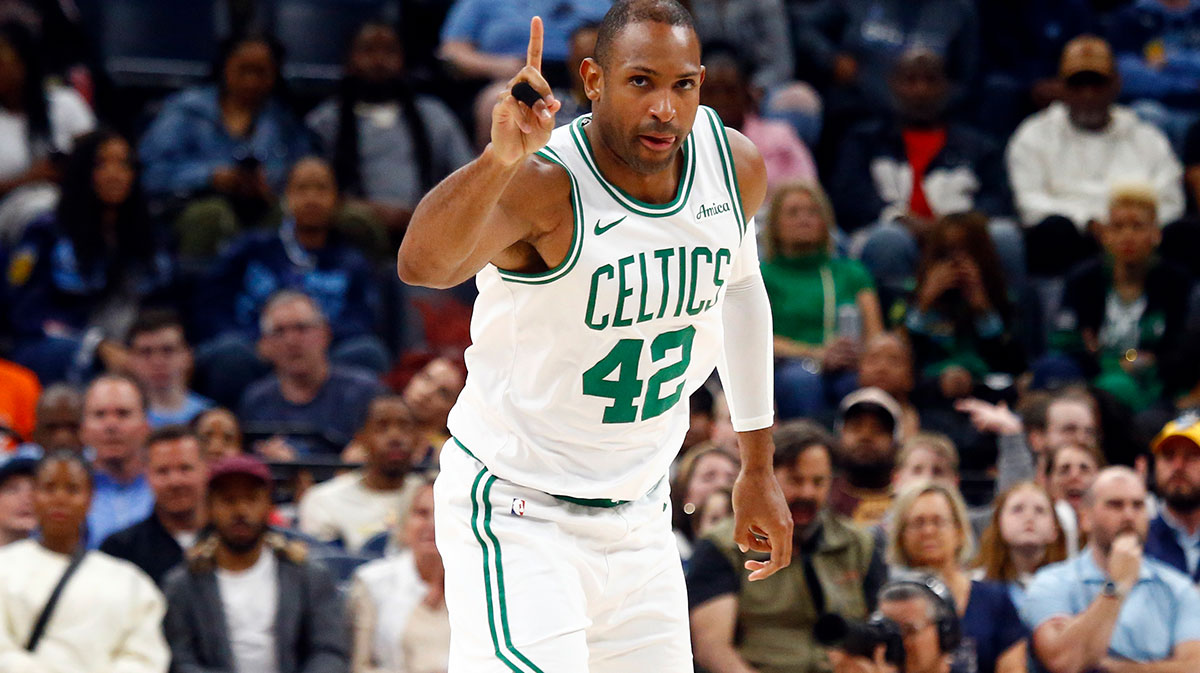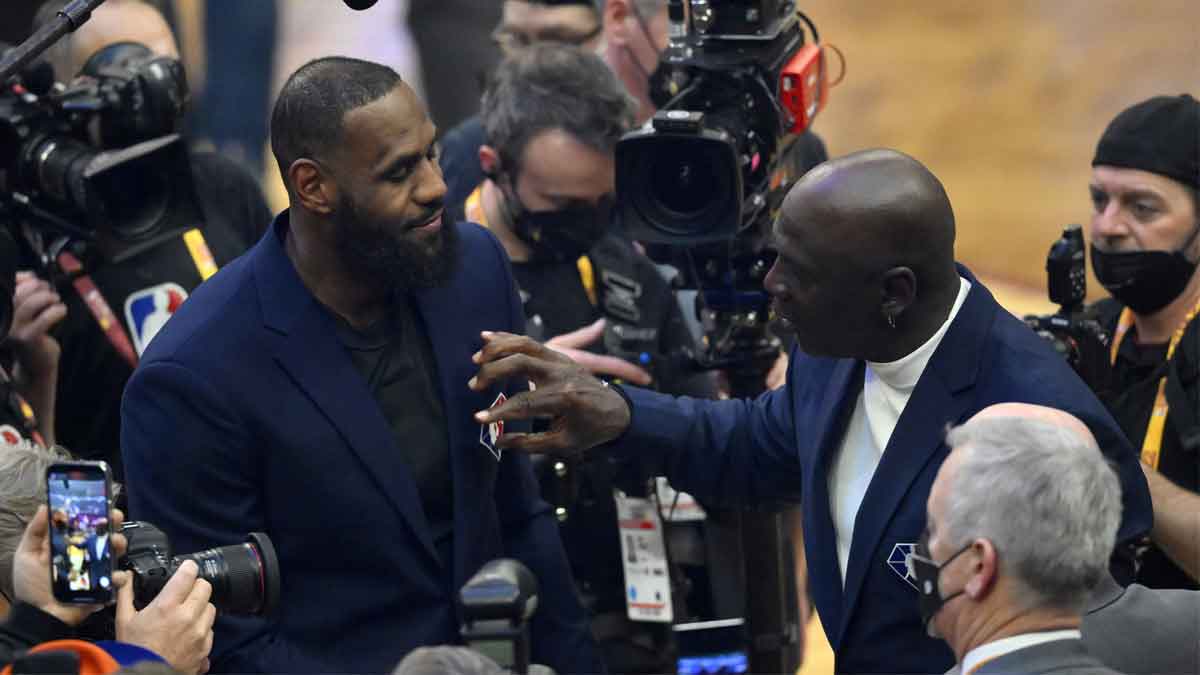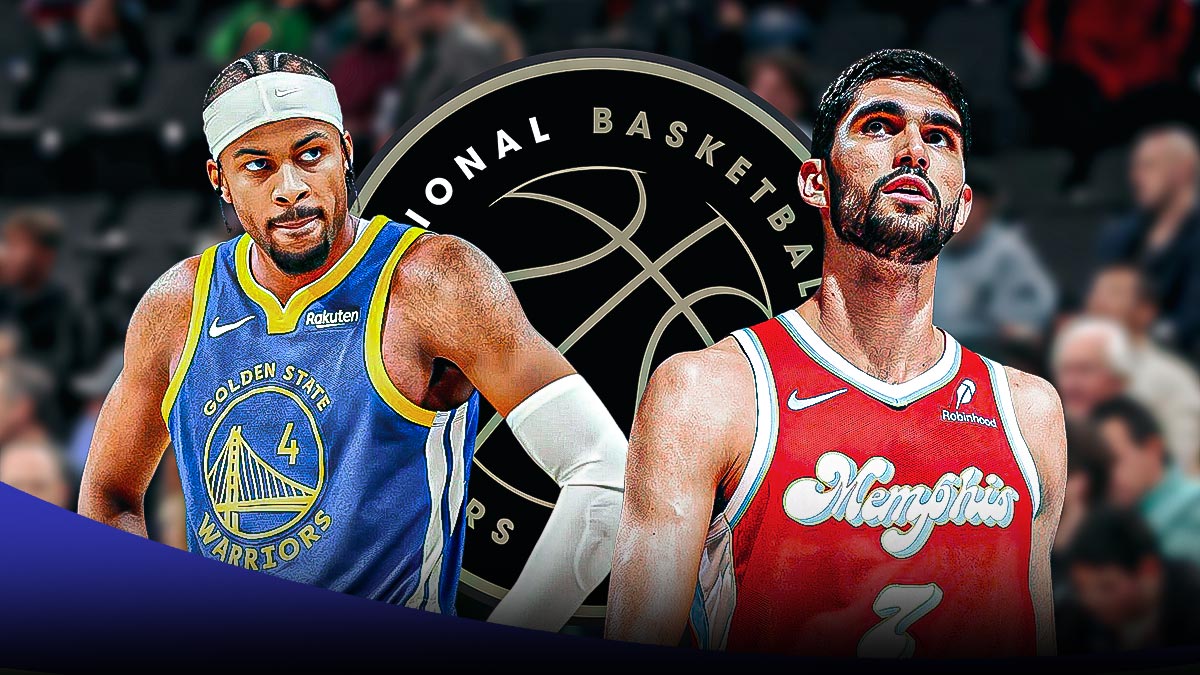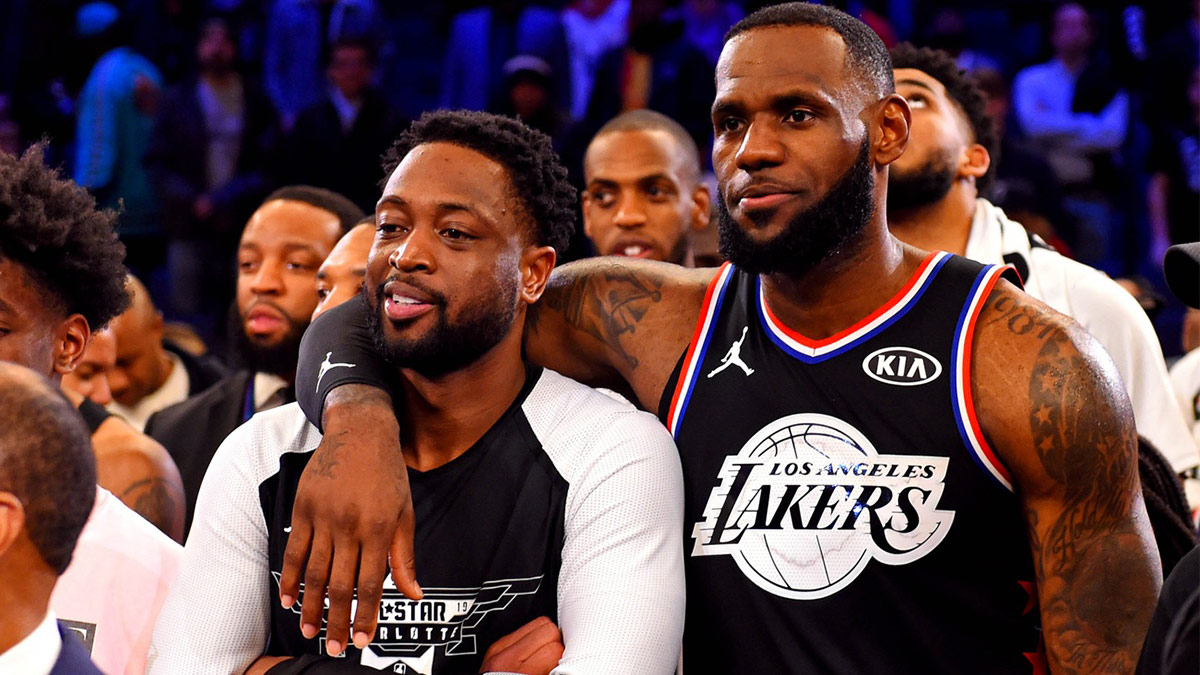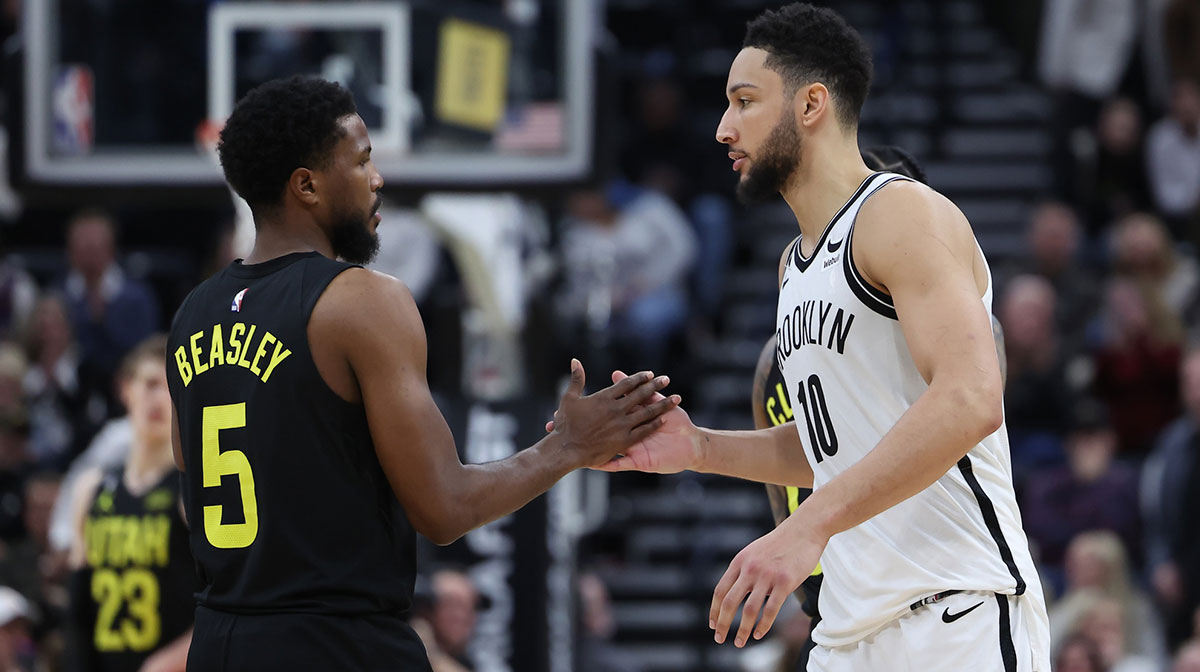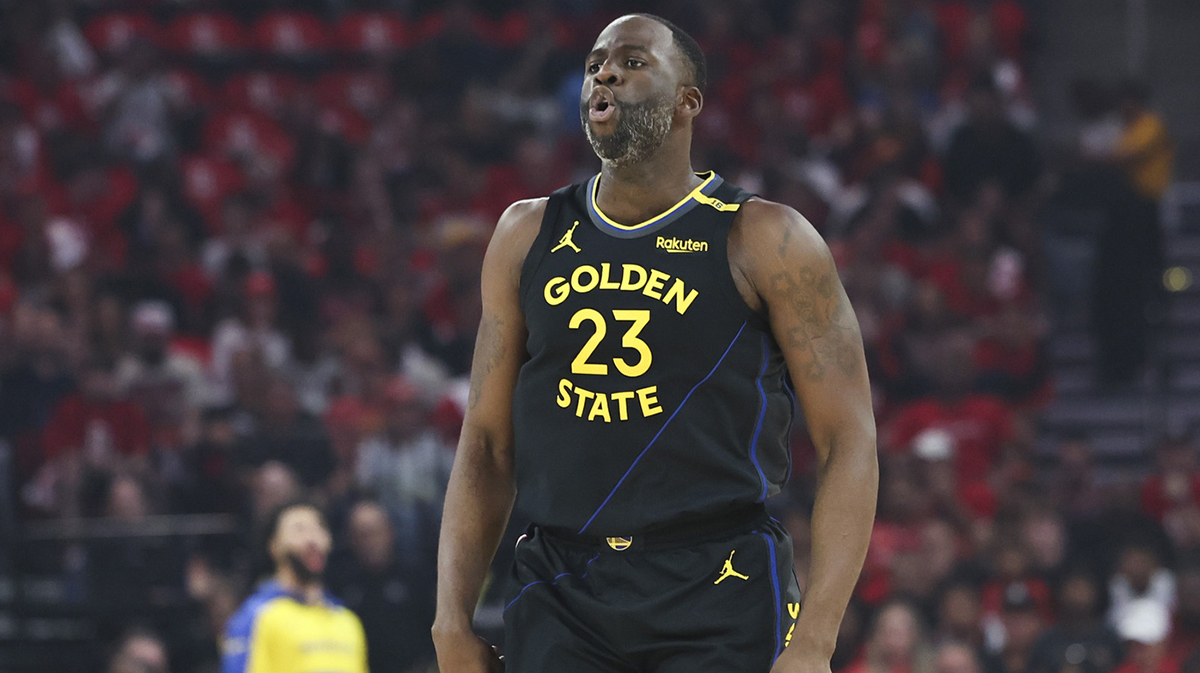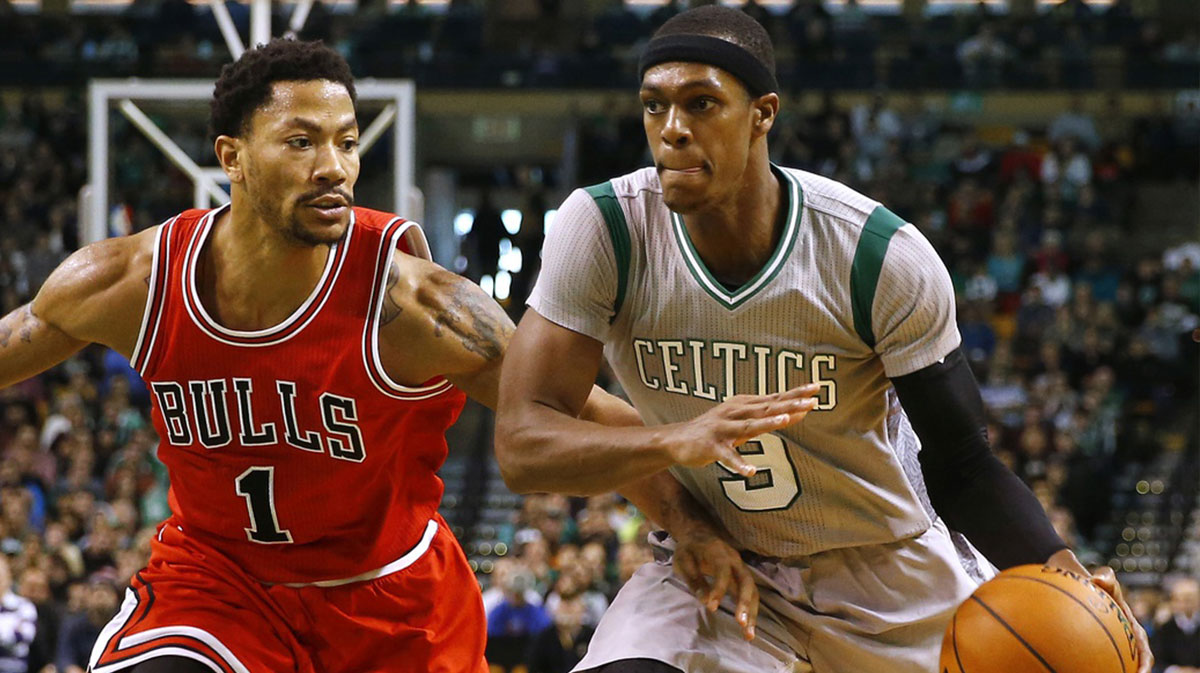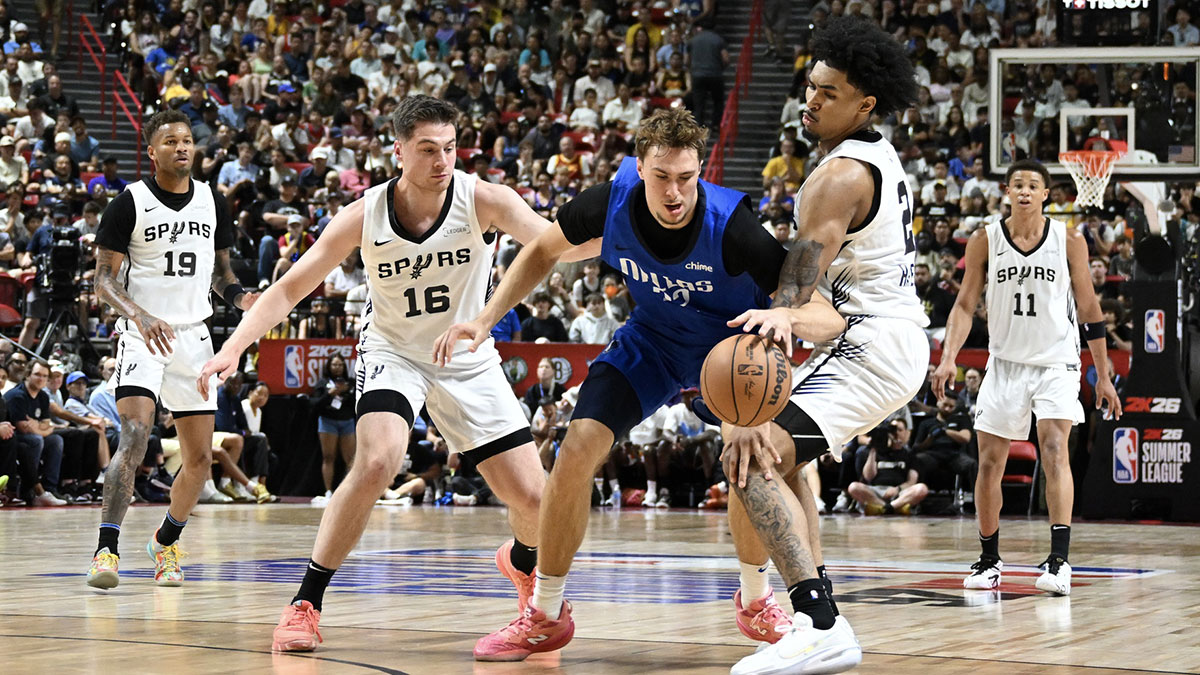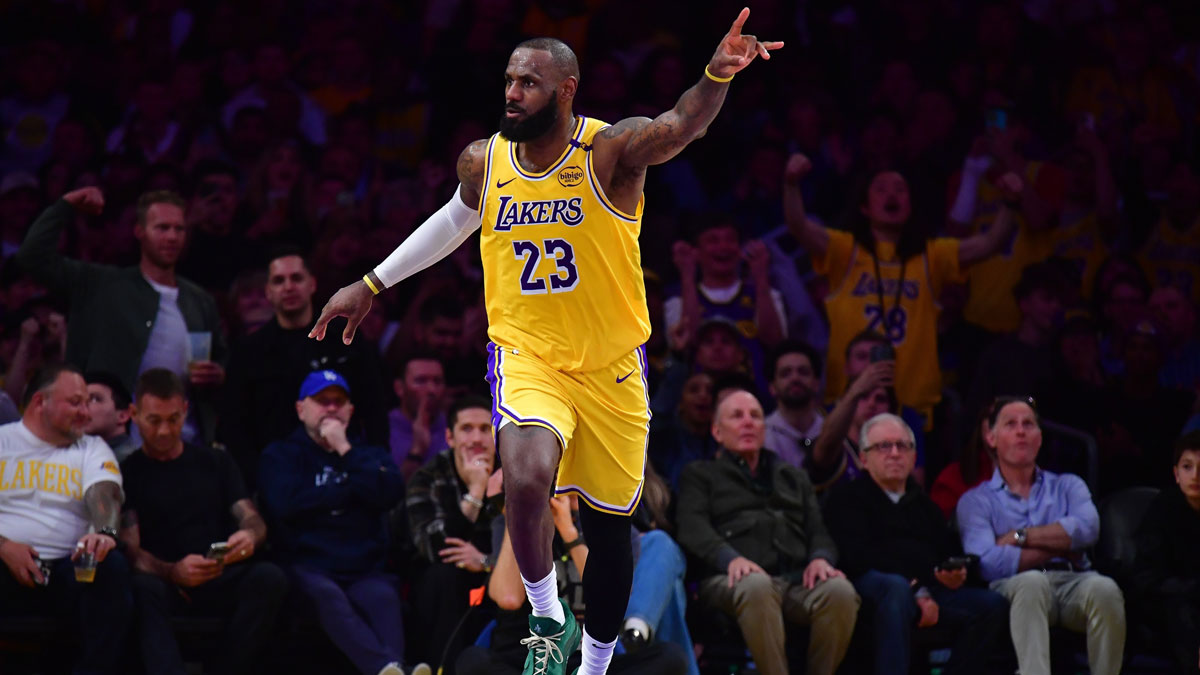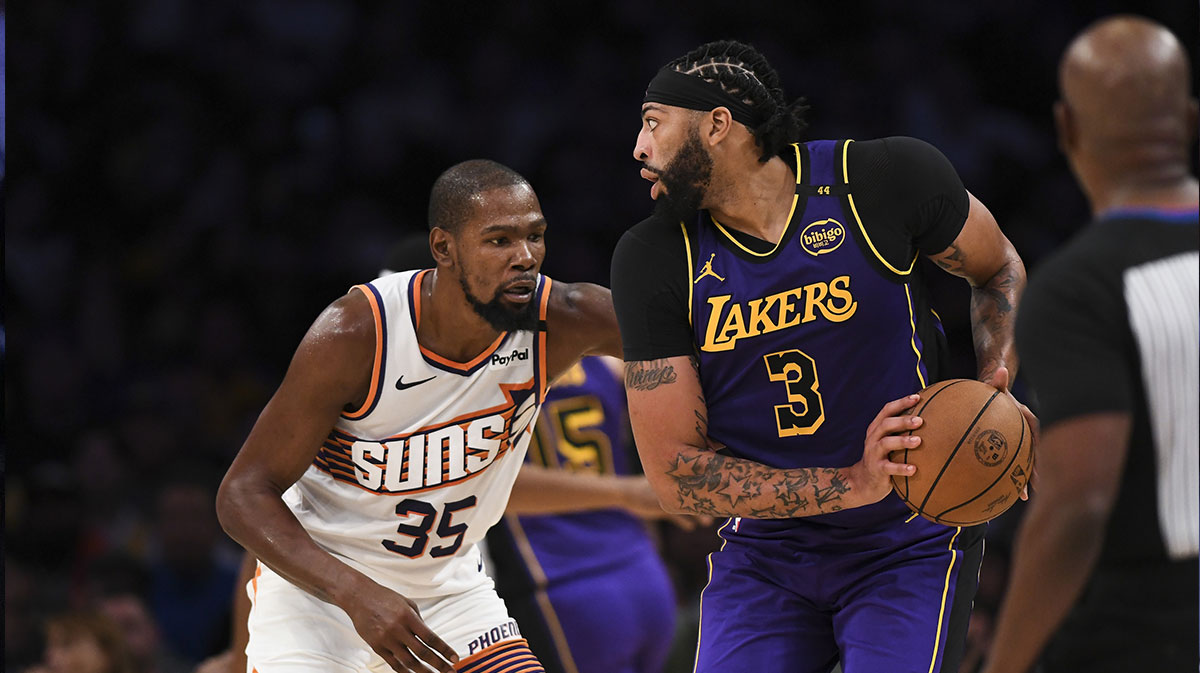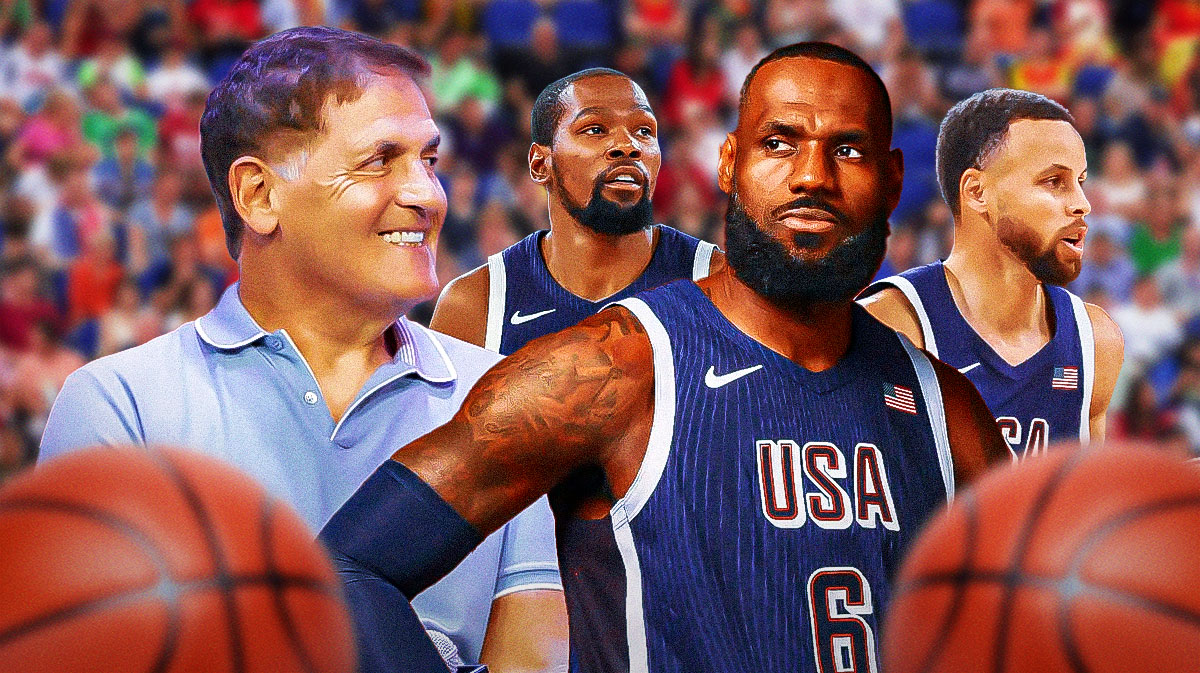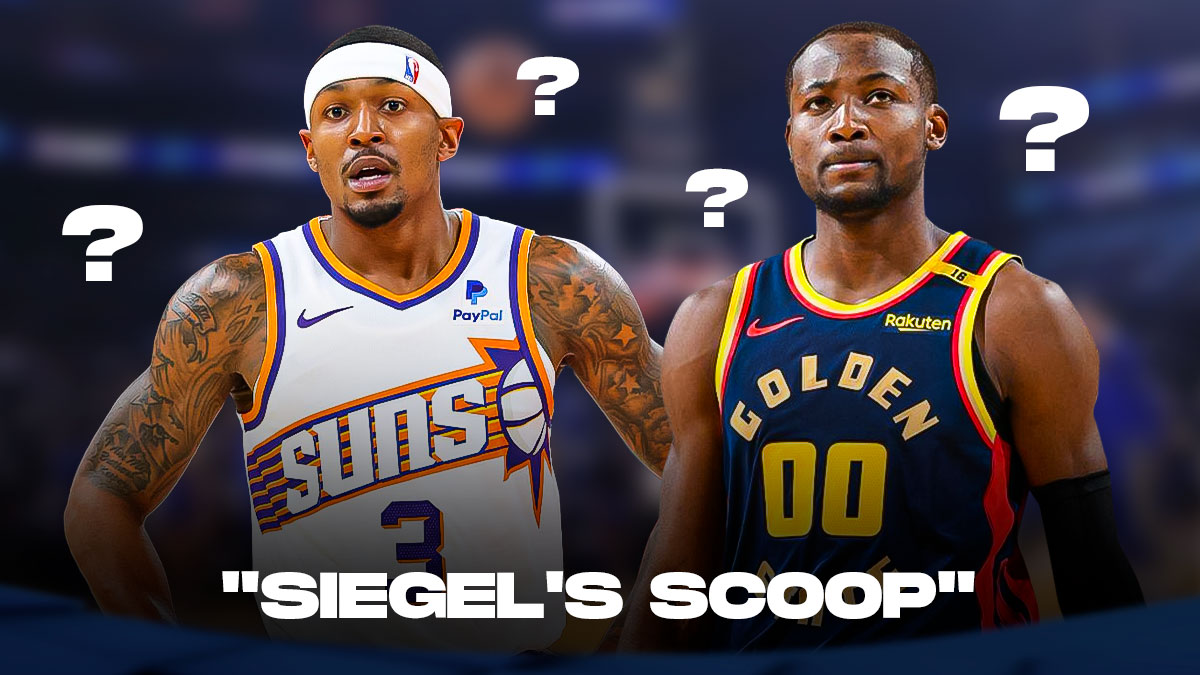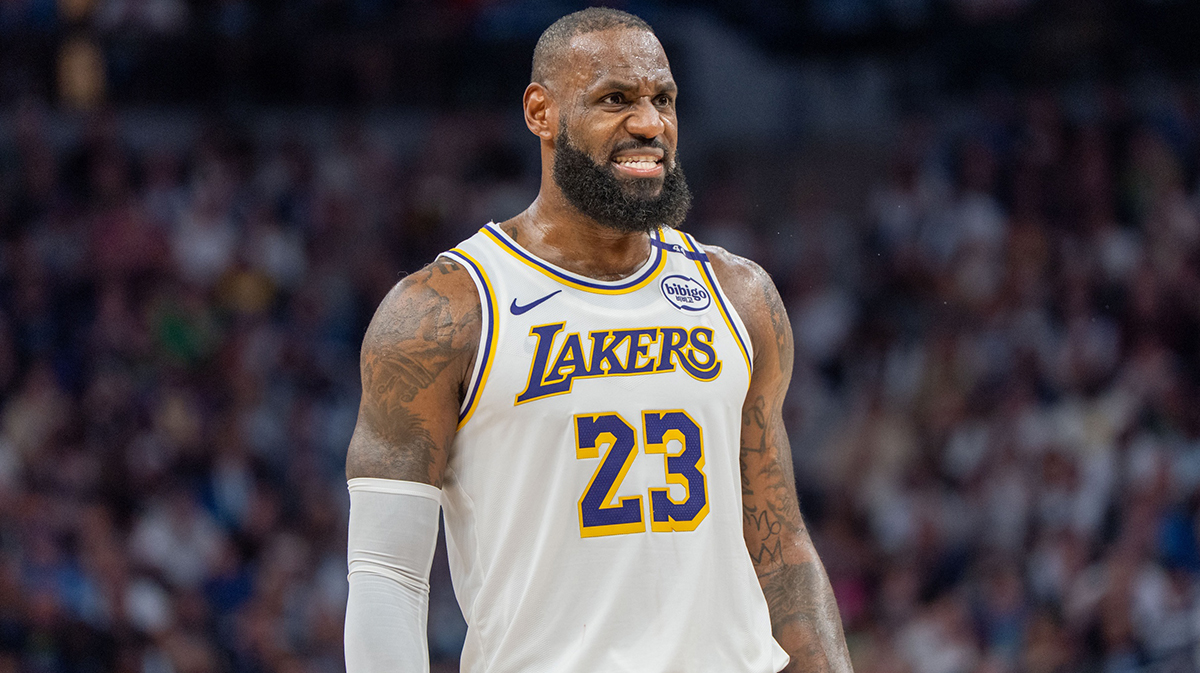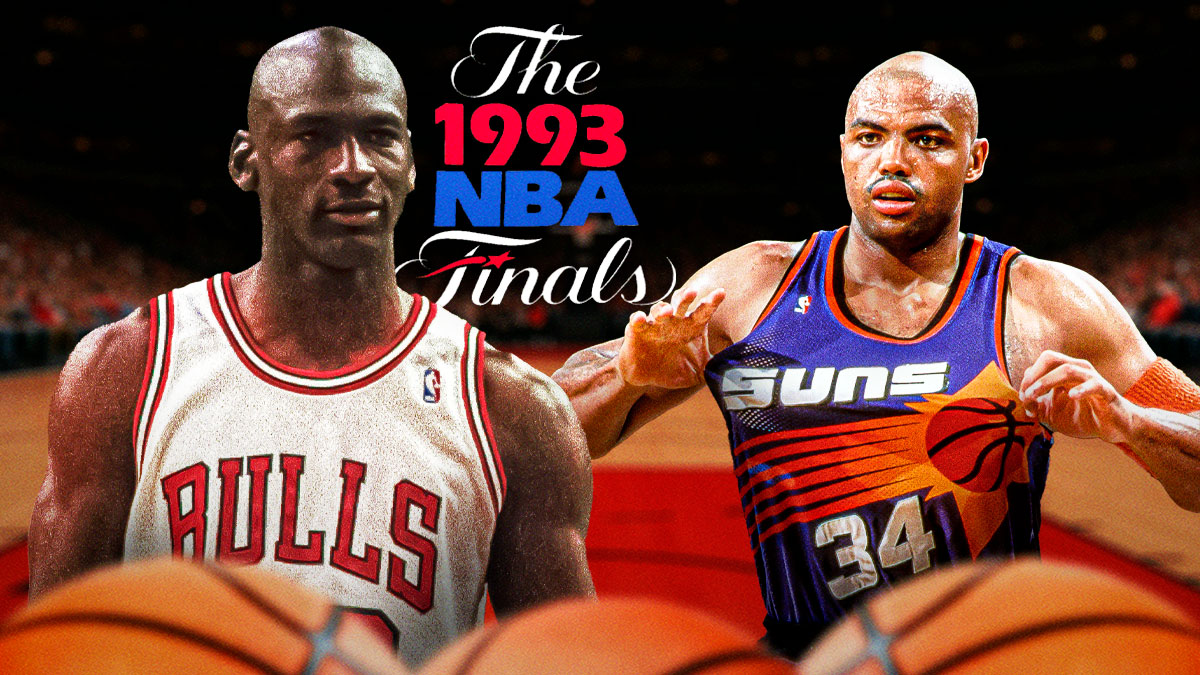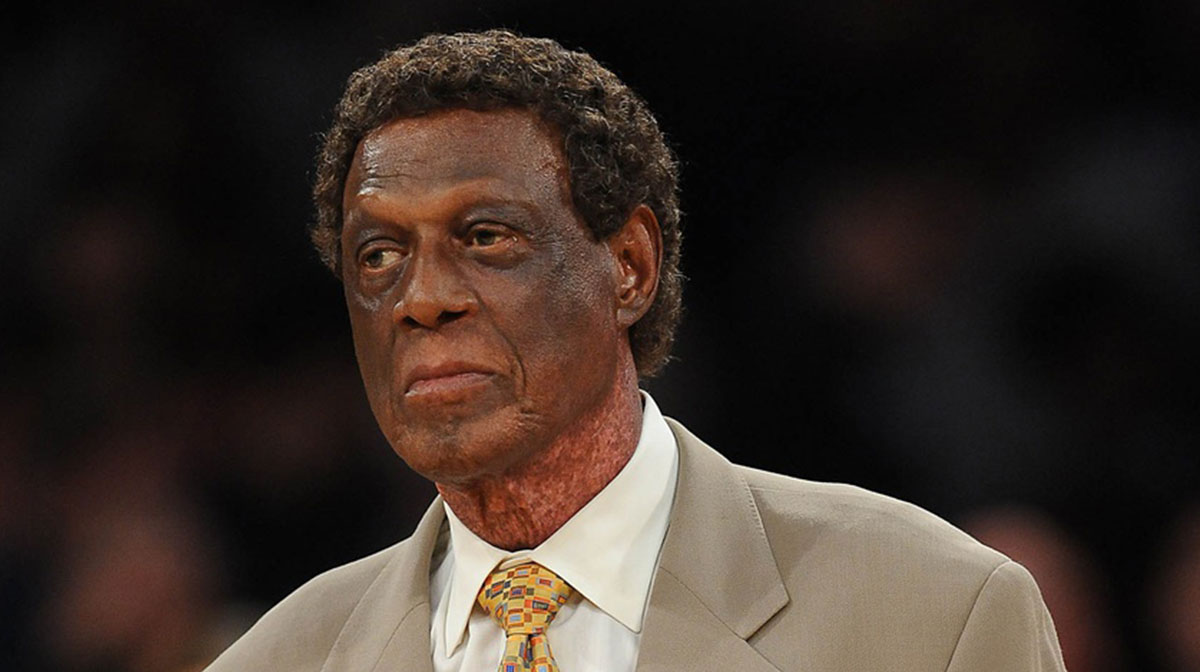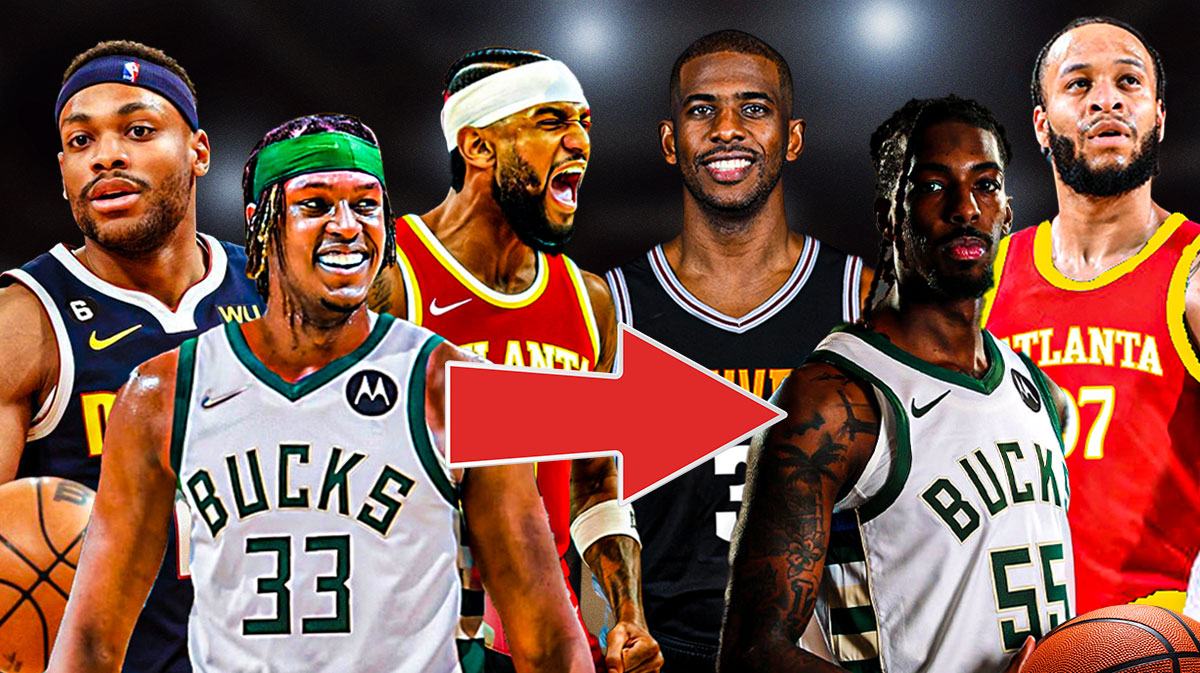The 2019 NCAA Tournament is loaded with the next group of players to hit the NBA Draft. From Duke to Washington, there are many teams with future NBA stars.

Here are the five best NBA prospects in each region, starting with the South.
South
1. DeAndre Hunter – Virginia
All aboard the DeAndre Hunter train. He’s one of the best two-way prospects in the class whether you look at his physical attributes or his skillset. At 6-foot-7 and 225 pounds, Hunter is long and stretchy with a 7-foot wingspan.
He averaged 15.1 points per game on 53 percent shooting from the field and a scoring 45.7 percent from deep, albeit on only 2.5 attempts per game. Inside, he is strong enough and crafty enough to finish at the rim. He can play and defend multiple positions, and is an athletic player. He isn’t a great playmaker, but that should not be the role he is asked to take on in the NBA.
Hunter can be a very good complimentary wing, and if he develops a better handle, his potential becomes even higher. Outside of Zion Williamson, he may be the best wing available along with the likes of RJ Barrett, Cam Reddish, and Jarrett Culver.
2. Grant Williams – Tennessee
The two-time SEC Player of the Year has shot up draft boards after another dominant season at Tennessee. He averaged 19 points, 7.6 rebounds, and 3.1 assists per game this year as he led Tennessee to a two-seed in the tournament. Williams can score in numerous ways and his developing jumper is a skill that will only improve his stock in the NBA. What worries me about his 3-point shooting mechanics is how his feet align and turn to the outside upon his release.
He’ll need to work with a shooting coach to fix his mechanics, but if he can put a respectable shot together, his offensive game will be extremely valuable for a power forward. He’s made 34 percent of his long-guns this season on 1.3 attempts per game. He’s had six double-doubles this season, and has even flirted with a triple-double twice before.
The only major issue I have with Williams is his size. He’s just 6-foot-7 and weighed in at 236 pounds. That’s pretty small for a power forward, even in today’s NBA. Nonetheless, Williams is a first-round prospect in a weaker draft class.
3. Carsen Edwards – Purdue
Edwards’ career at Purdue is well-decorated with awards and honors all due to his play on the court. He’s not a traditional point guard, but that is the position he will play at the NBA level, as he stands at just 6-foot. But, he can flat out score the basketball with the best in the country.
Edwards averaged 23 points-per-game this year, and had four games in which he scored 30 or more points. He failed to score in double figures only once this season in 32 games, and he scored nine points in that lone game. He made two or more 3-pointers in all but five games this year, and had five games in which he made five or more 3-pointers.
While Edwards only shot 33.5 percent from deep, he will shoot at a high level in the NBA. Even for his size, he does a solid job of drawing fouls and getting to the free throw line as well.
To play as a point guard in the NBA, Edwards will have to grow as a ball-handler and distributor, but his natural scoring abilities are too enticing to turn a blind eye to him. He is one of the best players in college basketball this year and is well worth an early second-round pick in the draft.
4. Ty Jerome – Virginia
Virginia may be led by DeAndre Hunter, but Ty Jerome has been nearly just as impressive this season. He can shoot the ball, handle it, and dish it out.
In his junior year, Hunter averaged 13 points on 39 percent shooting from the 3-point line and 5.4 assists per game. He has done a really good job of distributing the ball without turning it over, as he boasts a 32.7 assist percentage while having a mere 12.5 turnover percentage.
His growth as a passer has been significant in each of his three seasons at Virginia, and could also signal he’s not done developing. It’s also worth noting that in big games, Jerome has not faded away. He’s consistent with his production.
Jerome’s skill set fits right in with today’s NBA and could be an enticing option for one of the better teams at the back end of the first round.
5. Admiral Schofield – Tennessee
Tennessee has had a very successful season this year, earning a two-seed in the tournament. Schofield has been tremendous on both sides of the floor, being a productive shooter on offense and an aggressive defender on the other one.
In his four seasons as a Volunteer, his points per game have risen each season, as has his 3-point shooting percentage. He climaxed this season by averaging 16.2 points on 41.1 percent from distance. He led the SEC in field goals made as well, with 218.
At 6-foot-6 and 241 pounds, he is very well built for his position, reminiscent of Josh Hart when it comes to strength and bulk for a combo wing. He fits the mold of a player that can come in and play minutes off the bench for an NBA team right away because of what he brings to the table. Schofield is probably an early second-round pick.
Click “Next” to see the top-five prospects in the Midwest region.
Midwest
1. Coby White – North Carolina
While Nassir Little came in as the freshman with all the hype surrounding him at North Carolina, Coby White has outplayed and overtaken Little as the best freshman on campus.

White has averaged 16.3 points, 4.2 assists, 3.4 rebounds, and one steal per game. He’s shot 36 percent from the 3-point line on 6.6 attempts per game and can hit threes whether it be off the bounce, catch-and-shoot, or stepback situations. His release is lightning quick and he can get it off whenever he wants to.
He possesses great size as a point guard at 6-foot-5 and is one of the fastest guards in the nation. White is the best point guard prospect in the draft not named Ja Morant, and has a bright future in the league.
Coby White with the stepback 3-pointer! #UNCvsDUKE pic.twitter.com/y9gqqXQkKF
— Aaron Johnson (@AJohnsonNBA) March 9, 2019
2. Keldon Johnson – Kentucky
It’s easy to envision Keldon Johnson coming off of down-screens in the NBA and thriving as a knockdown shooter. He moves super well off the ball and could be plugged into an NBA system right away because of his gravity and floor spacing abilities.
Johnson has shot 50 percent on 2-pointers this season and 38.8 percent on 3-pointers while taking over three attempts per game. On defense, he’s a hound who competes at a high level. He has good size for a shooting guard at 6-foot-6 but he could slide up a position if he adds more muscle in the offseason.
Johnson’s handle is loose and he hasn’t shown an innate ability as even a territory playmaker, as his turnover percentage is higher than his assist percentage, but plugging him alongside other ball-handlers would be a best-case scenario for him. That is also a role that Johnson hasn’t been asked to play in at Kentucky, as Ashton Hagans and Tyler Herro primarily control the ball for the Wildcats.
Teams that are interested in adding a player that can help them win now rather than help in a rebuild will be very interested in Johnson come draft night.
3. PJ Washington – Kentucky
Washington has shot up draft boards as one of the better stretch-four prospects in this year’s class. After shooting just 23.8 percent from three in his freshman season at Kentucky, the Wildcat has shot 41.9 percent from the same area this season on 2.2 attempts per game. He’s had five games this season in which he has made three or more 3-pointers.
Washington’s offensive game has a nice in-and-out balance, as he can finish from in the paint as well. He has a good understanding of floor balance and crashes the rim on both ends. He is an efficient, multi-level scorer who rebounds, can pass, and works on the defensive end.
Washington’s stock will likely only continue to rise as Kentucky appears to be a threat in the tournament.
4. Nassir Little – North Carolina
Based on upside alone, Little still has a ton of value as a prospect. He came into the season projected to be one of the best players in the nation but has been overshadowed in North Carolina by Luke Maye and Coby White.
Little is uber-athletic, can play both forward spots, and is a good defender when he is locked in. He’s not a shooter, he’s not a playmaker, and he isn’t a shot creator. He’s often been compared to Stanley Johnson, who isn’t a shooter, playmaker, or shot creator, but can defend well. But, that isn’t enough to be worth a lottery pick.
Little has promise, but it’s tough to see his offensive game ever really reaching something of real value. Wings in today’s league have to be able to shoot and Little has given no confidence that he will become even a passable threat from beyond the arc.
5. Matisse Thybulle – Washington
One of the coveted prototypes in the NBA is 3-and-D wings. Matisse Thybulle projects to fit that exact mold.
One of the best defenders in the NCAA, Thybulle is a rangy wing that is very comparable to PJ Tucker of the Houston Rockets. He leads all of college in steals per game, averaging 3.4 per contest. He has 17 more steals than any other player in the country.
Thybulle is also the only guard in the nation to average over two blocks per game, at 2.2 per contest. He is not a big scorer, and won’t ever become one. We know what he is, and we know that his abilities as a defender will translate to the NBA.
Thybulle's a career 36 percent 3-point shooter at Washington, but this season his percentage dropped to just 31.2 percent on sporadic monthly splits. He’s had two months (December and February) where he has shot over 40 percent from deep, but the other three months of the season he has shot under 26 percent. His shooting has to level out and find a happy medium.
Thybulle projects as a late-first/early-second round pick, but like most players, a hot/cold tournament could swing his trajectory either way.
Click “Next” to see the top-five prospects in the West region.
West
1. Ja Morant – Murray State
Drawing comparisons to Russell Westbrook and other dominant, flashy, and explosive guards in the NBA, Ja Morant is the closest talent to even come near Zion Williamson in terms of talent in this year’s draft class. The second-year guard led Murray State past one seed Belmont in the OVC Championship, dropping a cool 36 points, seven rebounds, and three assists in the win.

Morant is a do-it-all point guard who averaged 24.6 points, an NCAA best ten assists, and 5.5 rebounds per game. At 6-foot-3 and 175 pounds, Morant will have to bulk up if he is going to be competitive on the defensive end.
Another deficiency of his is the 5.2 turnovers per game he averages. With the 15th highest usage in the NCAA at 33.6, it’s expected that he’d average a decent chunk of turnovers, but he’s committed the second most in the NCAA this season with 161.
He’ll have to get better at protecting the basketball, but overall Morant is a thrilling prospect to watch in March Madness.
2. Jarrett Culver – Texas Tech
After shooting an exceptional 38.2 percent from the 3-point line in his freshman season at Texas Tech, Culver has shot the long ball at a mere 32.3 percent clip this season. Outside of what appears to be an inconsistent shot, Culver has the makings of a useful player in the NBA.
At 6-foot-5 shooting guard, Culver is a good defender who uses his length and speed to impact plays. He has the tools to be a secondary playmaker, averaging 3.6 assists this season on just 2.7 turnovers per game. Culver is at his best when he is getting to the rim, and he has a close-knit handle that allows him to get inside while his length and basketball IQ allow him to decide how to finish at the rim.
It all goes back to Culver’s shooting woes, however. He shot 50 percent from deep in November and just under 41 percent in December, but then shot 21.9, 30.6, and 25 percent over the next three months. Guards have to be able to shoot in the NBA, and that’s no different for Culver.
3. Rui Hachimura – Gonzaga
The offensive repertoire that Hachimura has is versatile and elite. He can score above the rim with either touch or athleticism, he can score with his back to the basket, and he even shot 46.9 percent from deep on one attempt per game this season. His game is patient, but potent on that side of the floor.
Hachimura’s a little slow for a 6-foot-8 forward, and that’s seen on the defensive end of the floor, but his offensive game speaks for itself. He was named the WCC Player of the Year. He’s dropped a bit in mock drafts, and could be out of the lottery, but there is certainly a player to be had in Hachimura.
https://www.youtube.com/watch?v=wVCNtXzwC4o
4. Brandon Clarke – Gonzaga
Brandon Clarke’s movement on draft boards has been more sporadic than anyone else’s in this year’s draft. He’s been anywhere from mid-second round to top ten in the first round.
The division between Clarke’s value begins with his age. He’ll be 23 a month into his rookie season, and NBA teams don’t tend to draft older players early in the draft. But, Clarke is a unique case.
He’s a great two-way player at Gonzaga, a great scoring from inside the arc and an elite defender on the other end of the court. He’s averaged three blocks and 1.2 steals a game this season, and in turn, was on the mid-season Naismith Defensive Player of the Year list. Where he ends up his still a question mark, but it appears that Clarke is trending up as the NBA draft comes near.
5. Ignas Brazdeikis- Michigan
Brazdeikis started the year off on fire for the Wolverines and immediately began to shoot up draft boards. As of now, there’s a chance he could remain in the Maize and Blue beyond this season due to cooling off and struggling in some big games. But, a successful tournament could launch him right back into the first round of the draft.
Brazdeikis is averaging over 15 points per game on just under 50 percent shooting from the field and 42 percent shooting from distance. He’s an energy guy with a confident swagger, an attribute most rookies don’t possess in their first year in the league.
Brazdeikis will always have that swagger. At 6-foot-7, he’s a small forward that can handle the basketball and get inside, another enticing aspect of his game. Like most freshman in college, he’s not a great defender yet, but his body projects him to become at least a serviceable one. Brazdeikis was just named Big Ten Freshman of the Year.
Ignas Brazdeikis soars down the baseline for the slam! #GoBlue pic.twitter.com/VpuGrebIlR
— Aaron Johnson (@AJohnsonNBA) February 24, 2019
Click “Next” to see the top-five prospects in the East region.
East
1. Zion Williamson – Duke
The clear cut number one pick of the draft, Zion Williamson is looking to lead Duke to the NCAA Championship this season. The 6-foot-7, 285-pound tank is in a tier of his own compared to the rest of his draft counterparts.

He’s averaged over 22 points per game this season on just under 70 percent shooting from the field. His 3-point shot is developing, as Williamson is only shooting 31.5 percent from deep this year, but he’s willing to shoot from the outside which is half the battle.
Williamson was first in the ACC in field goal percentage, steals, win shares, and box score plus/minutes. He was first in the entire NCAA in player efficiency rating with a 42.0 PER. He is an athletic beast that, when mixed with his undeniably consistent and efficient production, simply cannot be stopped. Every team in the NBA wishes they could draft first in June, but only one lucky team will be able to snag this future star.
2. RJ Barrett – Duke
Barrett has some glaring flaws to his game such as his streaky shooting and tunnel vision with the basketball in his hands, but there are many reasons why he’ll likely be one of the first five players called out by NBA Commissioner, Adam Silver, on draft night.
He has superstar potential, at least on the offensive side of the floor. Barrett can score the basketball in bunches, as he has led Duke in scoring with 22.9 points per game. When Williamson was sidelined recently with an ankle injury, Barrett flashed even more potential, no longer playing second fiddle to the eventual number one pick in June.
Including the game against North Carolina in which Zion went down in the opening minute, Barrett averaged over 26 points per game on just under 50 percent shooting from the floor. The 3-point shot is still in development, but he shoots them at a rate of 6.4 per game, which suggests that shot will be in his arsenal throughout what could be a long, accomplishment-filled career.
3. Cam Reddish – Duke
The third lottery bound Blue Devil, Reddish's scoring outbursts, positional versatility, and defensive upside make him the high valued prospect that he is. His shooting numbers are horrific, as he has shot a meager 35.4 percent from the field and 32.7 percent from deep. But, like Barrett, he can shoot.
Reddish made seven 3-pointers in a game versus Army earlier in the season, and has made two or more 3-pointers in 22 of the 33 games he played in this year. He just isn’t efficient yet. Barrett hasn’t been too successful finishing at the rim this year either, as contact bothers him when he attacks, but he’s such a promising offensive talent that he should improve there due to his size and athleticism at 6-foot-7.
Reddish's defensive potential is nearly as high as his offense is, as his length, active hands, and quickness make him a tough matchup on the wing.
https://www.youtube.com/watch?v=fLZQIxHujI0
4. Nickeil Alexander-Walker- Virginia Tech
Alexander-Walker isn’t as flashy of a prospect as other names within here, but his talent is undeniable. He’s a 6-foot-5 combo guard, which already will make teams drool at the prospect of adding him to their roster. He’s an efficient scorer, shooting 53.3 percent on 2-pointers and 38.6 percent on 3-pointers in two seasons at Virginia Tech.
Alexander-Walker's sophomore season has seen him grow drastically as a passer, as he has dished out four assists per game after averaging just 1.5 in his freshman season. His assist percentage is up to 24.4 percent while he has kept his turnovers to under three per contest. He’s a shooting guard in the NBA, but his ability as a secondary playmaker is a super enticing skill alongside his shooting prowess.
5. Bruno Fernando- Maryland
At 6-foot-10, Fernando is the best true center available in this year’s draft. At 61.8 percent, he led the Big Ten in field goal percentage while being one of the better rim protectors in the conference.
Fernando was named to the all-defensive team in the Big Ten. His offensive numbers speak for themselves, as he is an efficient big man on the inside that can score in multiple ways while making legitimate strides as a passer, which is becoming a more sought-after skill for bigs.
Fernando's lack of shooting as of now is noticeable, however, as he can’t really stretch it out past 15 feet. He knows how to use his body inside, but he’s still learning how to play outside of the paint. If he figures it out, Fernando could be a huge steal from this year’s draft.

